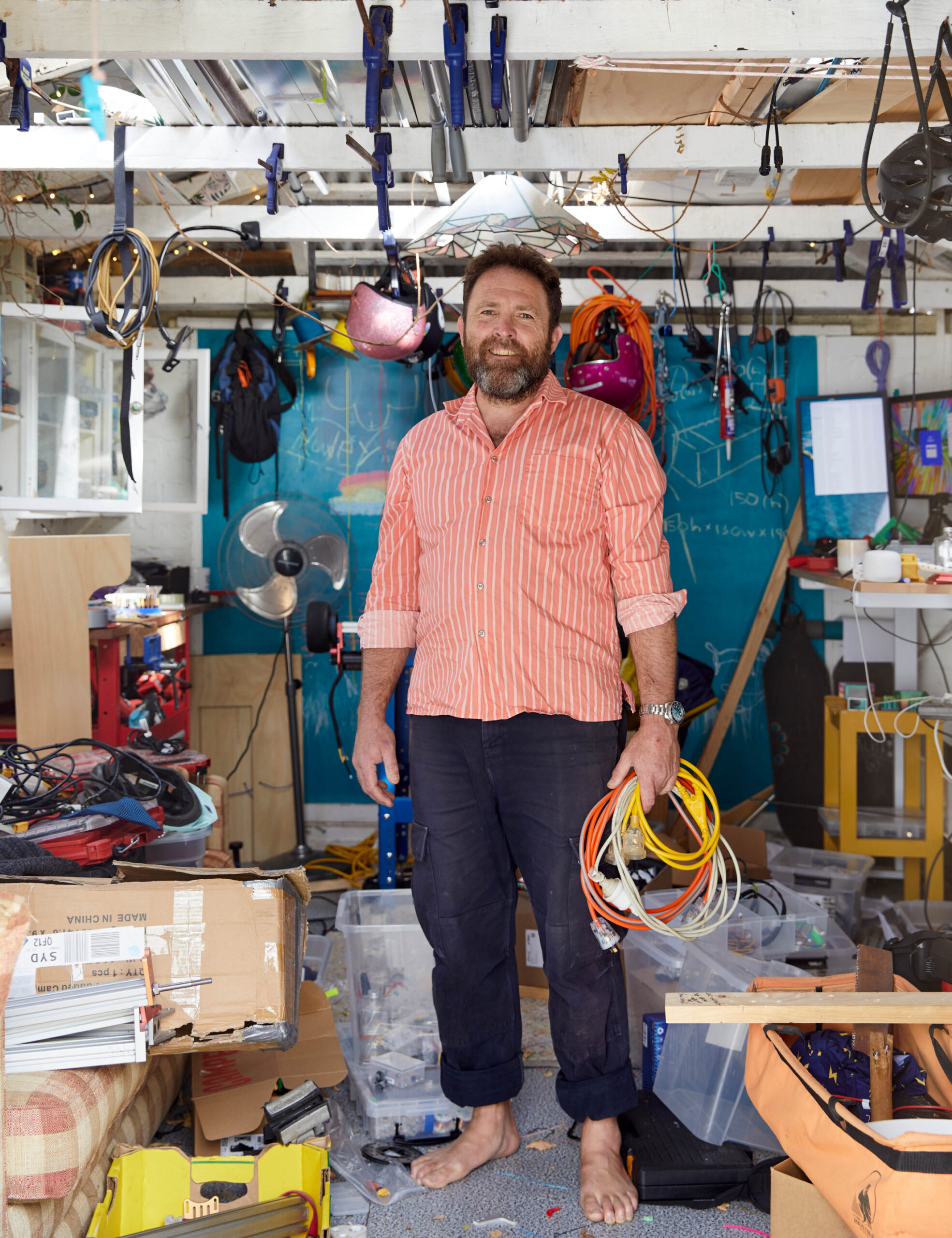For Saul Griffith, Australia’s clean energy future is already within our reach — if only the right people would get on board.
As an engineer and inventor, he’s worked in renewable energy and electrification for the last 30 years, written two books on the topic, and even worked as a climate advisor with the Biden administration in the USA.
In the last few years, he realised that technology ‘isn’t the barrier anymore’ to solving key issues connected to climate change. ‘It’s just policy and it’s finance and public education,’ Saul says in the latest episode of TDF Talks.
This is what inspired his mission to ‘electrify everything’ and rewire Australia — but how?
Why electrification is the nearest-term solution to fight climate change
Saul says our energy ‘ecosystem’ accounts for about 80 per cent of Australia’s emissions. That’s why we need to ‘rewire’ our energy economy around electrification instead of relying on petrol, oil, coal and gas to fuel our cars and heat our homes.
His solution is two-fold: to invest in creating more renewable energy, and to replace all of the ‘machines’ (including appliances and vehicles) driven by fossil fuels with electric alternatives that can be powered by renewables. To make this happen, it would mean getting an electric hot water heat pump, electric induction stoves, electric heating/cooling, buying an electric vehicle, a home battery, and installing rooftop solar.
How Australian households can make the switch
But this doesn’t require you to rip out and replace your gas appliances with electric ones right away. Rather Saul says to simply ‘fix it when it fails’, so when your gas heater needs replacing, that’s a good time to install an electric one. Or when you need a new car, you opt for an EV.
He says Australian households are already in a strong position when it comes to creating our own renewable energy, thanks to our mild weather, sunny climate, and ‘extraordinary’ uptake of rooftop solar.
‘I think we’ve got 3 million homes now with solar,’ Saul adds. ‘Collectively, they’re bigger than any solar plant in Australia. They’re bigger than any of our coal plants. All our households are already the largest generator.’ And with some investment from the government, electric vehicles could provide the battery we need to store this power.
An all-electric future could bring big savings
Saul acknowledges the government will need to help fund this transition and the upfront costs, but says that ultimately, getting off gas could save the average household thousands a year.
‘Right now, you buy electricity, you buy petrol, you buy diesel, and you buy some natural gas. But if you switch [these] to solar and electric… you’re very likely to net $3000 or $4000 a year in savings,’ he says.
He adds our vehicles contribute the most to this figure, revealing that it costs about 20-25 cents per kilometre to drive a petrol car, compared to just 2-10 cents per kilometre to drive an electric car.
Australia’s first all-electric suburb is already underway
In a bid to turn this vision into a reality, Saul and his team at Rewiring Australia launched Electrify 2515: aiming to electrify all households in his NSW postcode, and power the whole area with renewable energy.
He says the biggest challenge is that they’re still awaiting funding for the pilot project, but it’s going ‘brilliantly’ in the ‘political sense’. Many in the community have signed up to be involved, and it’s also opened up neighbour-to-neighbour conversations about the pathway out of climate change, while Saul says other neighbourhoods around Australia have also started to follow suit.
‘Hopefully we can translate that political momentum into helping this government with really ambitious policy,’ Saul says.
Follow Saul on Instagram at @dr.electrify, and find out more on his work through Rewiring Australia.
This episode of TDF Talks is brought to you by Momentum Energy. Listen to the full episode below, or find TDF Talks on Spotify and Apple Podcasts.

